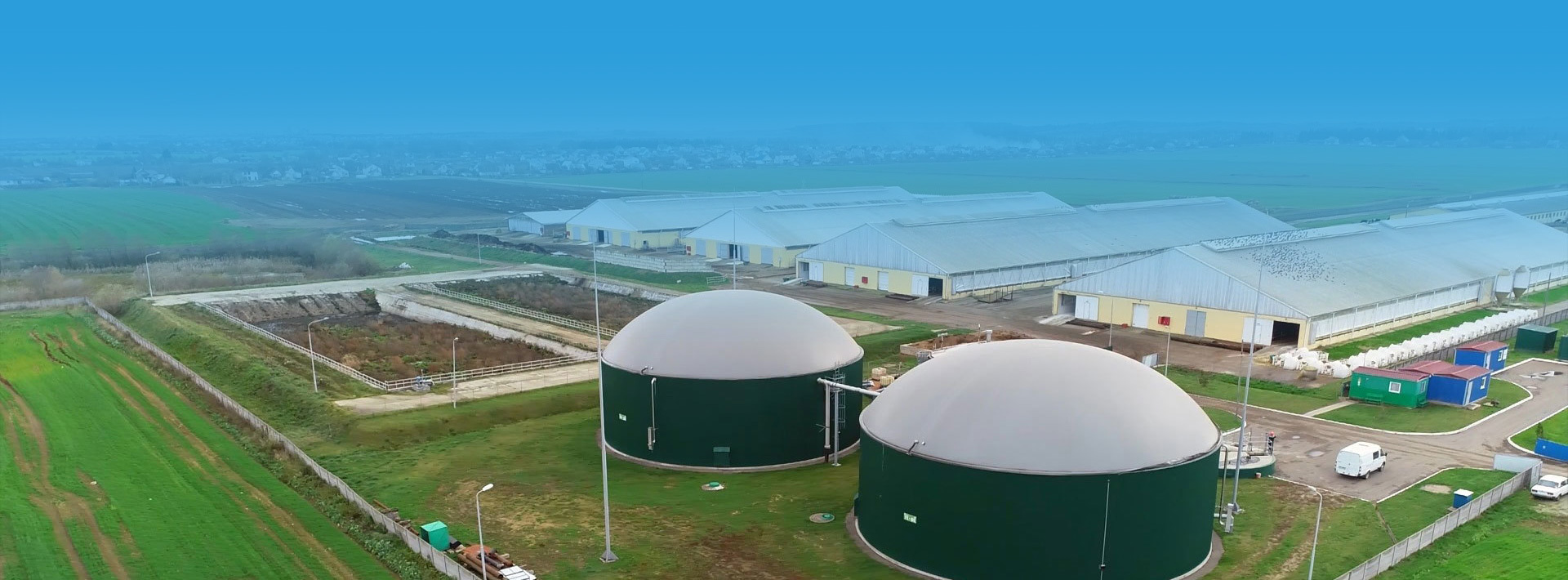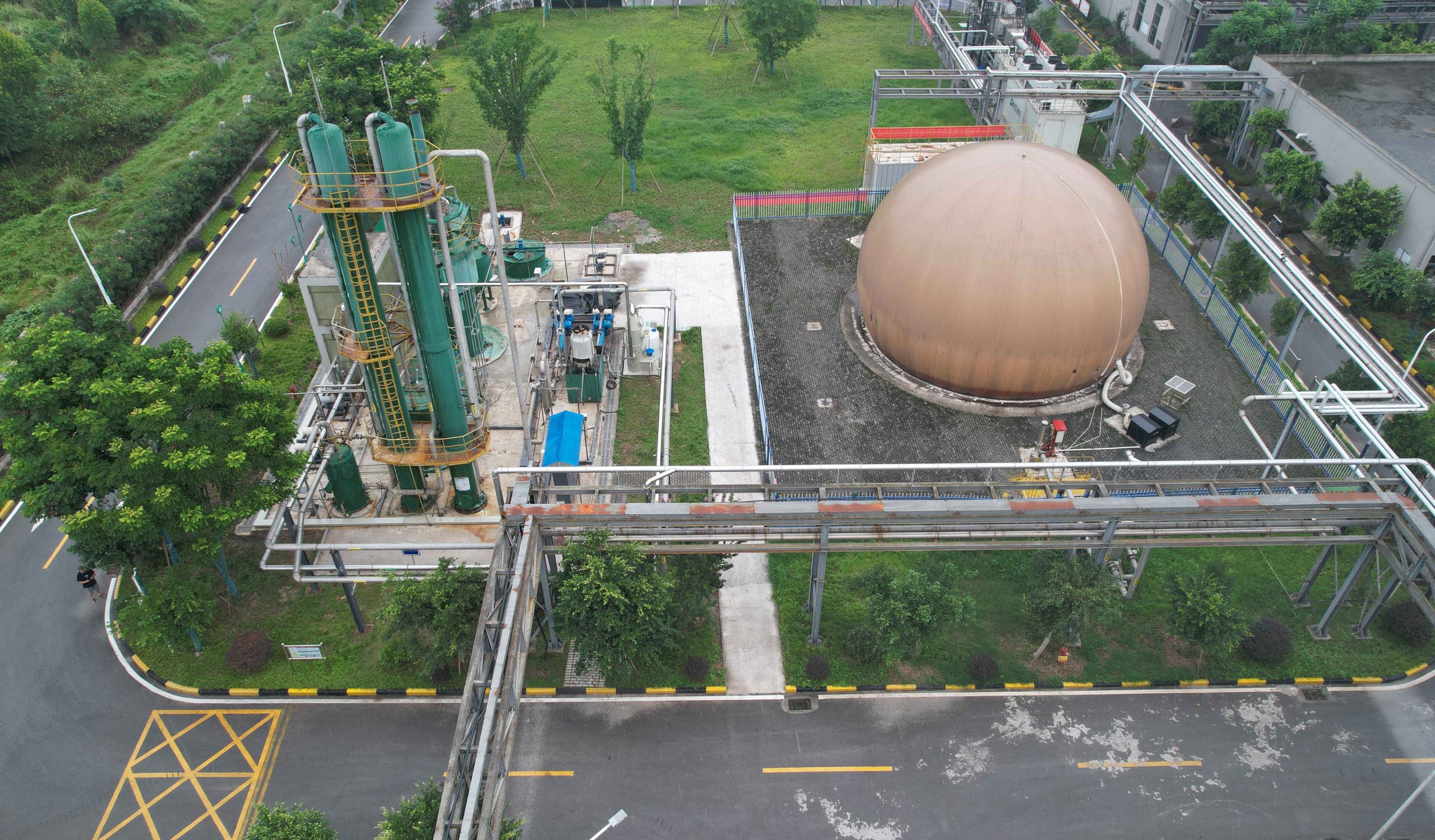Biogas Residue Fermentation and Further Granulation
Biogas Residue Fertilizer
The main sources of biogas residue:
Biogas residue is the solid residue after biogas fermentation. Its main source is closely related to the raw materials of biogas production, including the following aspects:
1. Agricultural waste and livestock and poultry manure
1.1 Livestock and poultry manure : Manure from livestock and poultry such as pigs, cattle, sheep, and chickens is one of the main raw materials for biogas fermentation. This type of manure has a high organic matter content. After anaerobic fermentation to produce biogas, the remaining solid part is the biogas residue. For example, in the centralized manure treatment system of large-scale farms, manure is mixed with water and then enters the biogas digester, and the biogas residue and liquid are separated after fermentation.
1.2 Crop straw and agricultural waste : The straw of crops such as rice, corn, and wheat, as well as vines, weeds, and agricultural product processing waste (such as corn cobs, sugarcane bagasse, etc.) mixed with livestock and poultry manure for fermentation will also produce biogas residue. This type of raw material is rich in cellulose, and the solid matter remaining after fermentation contains more crude fiber and minerals.
2. Industrial organic waste
2.1 Food processing waste : organic waste generated by food factories, breweries, starch factories, sugar factories, etc., such as fruit residues, wine lees, starch residues, sugarcane bagasse, etc. These wastes have high organic matter concentrations and will produce biogas residues after anaerobic fermentation. For example, the wine lees produced during the brewing process enter the biogas digester, and the biogas residues are separated after fermentation.
2.2 Agricultural product processing waste : such as residual leaves and peels after vegetable processing, cakes and meal after oil-pressing of oil crops (such as soybean meal and peanut meal), etc., if used for biogas fermentation, will also become the source of biogas residue.
3. Domestic organic waste
3.1 Sludge from urban sewage treatment plants : After urban domestic sewage is treated, the remaining sludge contains a large amount of organic matter. Through anaerobic digestion (biogas fermentation), biogas can be produced and biogas residue can be formed. This type of biogas residue needs to be tested for heavy metals and harmful substances. If it meets the standards, it can be used for organic fertilizer production.
3.2 Kitchen waste and catering waste : catering waste and household kitchen waste (such as vegetable residues, leftovers, etc.) can produce biogas through anaerobic fermentation when they are centrally processed. The solid part after fermentation is biogas residue. This type of biogas residue needs to be sorted, disinfected and other pre-processing to avoid impurities affecting subsequent utilization.
4. Other organic waste
For example, forestry processing waste (sawdust, bark, etc., which need to be crushed and fermented), animal husbandry bedding (such as straw bedding in livestock pens), etc., may also produce biogas residue after being mixed with other raw materials and fermented.
The processing of the above biogas residue into organic fertilizer and organic-inorganic compound fertilizer:
Key steps of biogas residue fermentation
1. Raw material preparation: Collect biogas residue and perform appropriate pretreatment, such as adjusting moisture, Crushing:, etc., for better fermentation process.
2. Fermentation process: Mix the treated biogas residue with an appropriate amount of fermentation agent and pile it in the fermentation site. By controlling the temperature, humidity and ventilation conditions, the reproduction and metabolic activities of microorganisms are promoted, thereby accelerating the decomposition and transformation of biogas residues.
3. Fermentation is completed: After a certain period of fermentation, the organic matter in the biogas residues is fully decomposed and the nutrients are effectively released. At this time, the fermented material is loose and odorless.
Granulation Process of Fermented Biogas Residue:
Selection of raw materials: Choose the fermented biogas residue as raw materials.
Crushing: The fermented biogas residue is crushed into even suitable size for organic fertilizer granulation.
Screening and granulation(Select different granulation methods depending on the material: disc granulation, rotary drum granulation, or roller granulation): The crushed material is screened and granulated to form uniform particles for easy application and transportation.
Drying and cooling: The granulated fertilizer is dried and cooled to reduce its moisture content and improve storage stability.
Coating: Qualified granular finished products add conditioning agents, etc. or change the colour.
Packaging and storage: Finally, the dried and cooled organic fertilizer is packaged and stored, waiting for transportation and sale.
Conclusion
RESOURCES

Biogas Residue Fertilizer-Biogas Residue Fermentation and Further Granulation
Biogas residue is the solid residue after anaerobic fermentation in

Rise in Anaerobic Digestion Boosts Digestate Granulation
DIGESTATE TREATMENT: GRANULATION INCREASES VALUE With the primary focus



